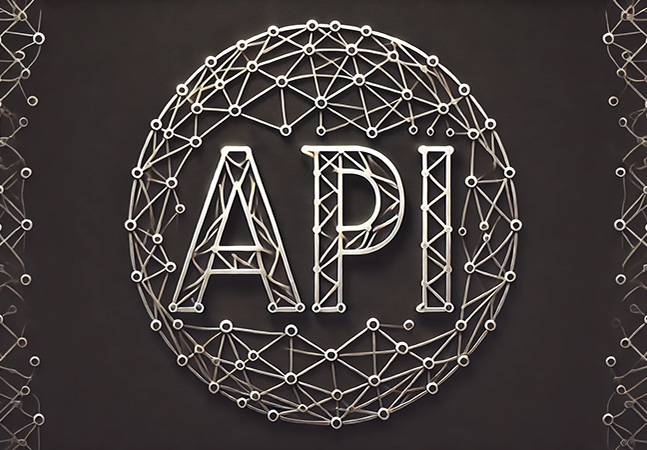
Microsoft introduced a new guided chat experience within GitHub Copilot, aiming to make developer interactions with AI more natural and effective.

Dr. James McCaffrey from Microsoft Research presents a complete end-to-end demonstration of data clustering and anomaly detection using the DBSCAN (Density Based Spatial Clustering of Applications with Noise) algorithm. Compared to other anomaly detection systems based on data clustering, DBSCAN can find significantly different types of anomalies.
- By James McCaffrey
- 11/06/2024

With JetBrains making its Rider and WebStorm IDEs freely available for non-commercial use, Visual Studio 2022 Community Edition has a new competitor, not to mention Visual Studio Code. So what's a (non-enterprise) .NET-centric developer to do now?

Here's a taste of our no-coding future, thanks to Copilot AI.

Microsoft today previewed a keynote presentation by Visual Studio guru Mads Kristensen at an upcoming developer/IT pro event where he will be joined by other company dev luminaries such as Jon Galloway, Rachel Kang, and James Montemagno.

Third-party .NET-centric dev UI tooling specialist Syncfusion this week announced the open sourcing of 14 controls for .NET MAUI, the evolution of Xamarin.Forms that adds support for building desktop apps.

The List & Label reporting tool by combit helps devs integrate advanced reporting, printing and exporting capabilities into their apps for web, cloud and desktop environments with minimal code.

Since announcing Visual Studio 2022 v17.11 in August, Microsoft's dev team has been busy shipping a series of AI-heavy previews for the next edition.

Microsoft has baked advanced GitHub Copilot tech into the latest edition of Visual Studio, but the aging IntelliCode feature of the IDE actually helped shape the modern experience.

Dr. James McCaffrey from Microsoft Research presents a complete end-to-end demonstration of the Winnow classification technique. Winnow classification is used for a very specific scenario where the target variable to predict is binary and all the predictor variables are also binary.
- By James McCaffrey
- 10/15/2024

The basic idea is to provide unified API abstractions, especially for idiomatic C# code, to help platform developers and others work with any provider with standard implementations for caching, telemetry, tool calling and other common tasks.

Visual Studio developers can now download the SDK for .NET 9 Release Candidate 2 with a go-live license, meaning devs get Microsoft support for production applications even before the framework reaches general availability next month.

Visual Studio guru Mads Kristensen provided a peek into the IDE's AI future, explaining how while in live-coding it will identify opportunities for your own app to use AI to your advantage.

Further leveraging the relationship that vaulted Microsoft and OpenAI into leadership positions in the AI era, Microsoft this week announced stable versions of two new OpenAI libraries.

They provide developers with the ability to toggle features on and off without having to redeploy code, making it easier to manage risk, test features in production, and facilitate smoother releases.

Dr. James McCaffrey of Microsoft Research presents a full demo of k-nearest neighbors classification on mixed numeric and categorical data. Compared to other classification techniques, k-NN is easy to implement, supports numeric and categorical predictor variables, and is highly interpretable.
- By James McCaffrey
- 10/01/2024

Tony Champion: "From giving you access to the entire lifecycle of a request, the ability to configure and extend authentication and authorization, .NET 8 gives you the power to create APIs to meet even the most demanding needs."

Microsoft has long acknowledged third-party vendor contributions to dev tooling ecosystems like Blazor and is now doing the same for its newly open-sourced .NET Smart Components.

For the 30th year in a row, Visual Studio Magazine readers have chosen the best tools and services for developers. The 2024 winners are honored in 43 categories, from component suites to testing tools to AI helpers.

Dr. James McCaffrey from Microsoft Research presents a complete end-to-end program that explains how to perform binary classification (predicting a variable with two possible discrete values) using logistic regression, where the prediction model is trained using batch stochastic gradient descent with weight decay.
- By James McCaffrey
- 09/16/2024